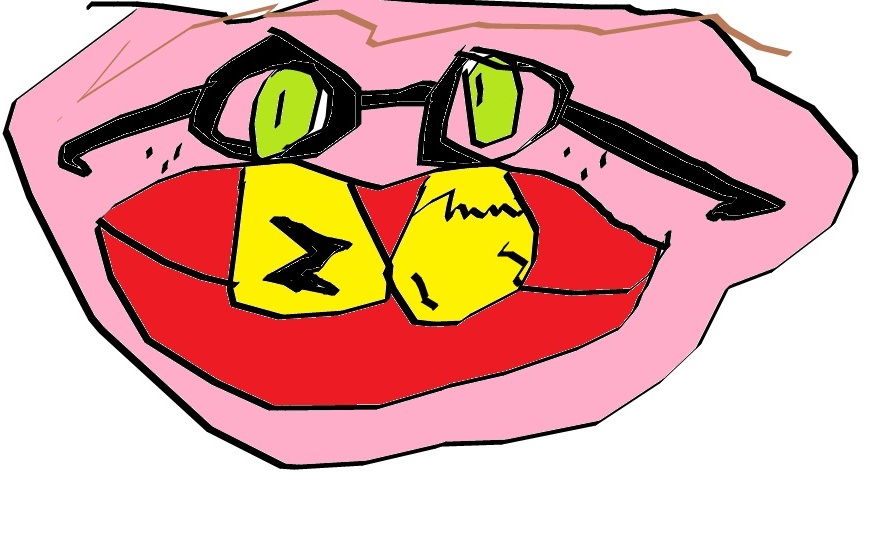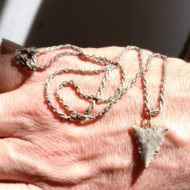I went on a tour of the Ruskin Gallery and stores with Louise Pullen curator and archivist of the Ruskin Collection.
We were hearing of Ruskin’s use of Gothic to direct us towards that which was explained as a craft event, something created rather than copied with the idea that Ruskin derided the Renaissance as somehow false, over stylised. I found this curious.
I was looking around at the work Ruskin collected and commissioned and wondering what classically trained artists would have made of it at the time. So much was ‘bits and bobs’ (as Louise called the archive/store material), sketches of a Palazzo here, a flower there, mineral here and cast stone work from a Church there. I imagined an irritation with someone (Ruskin) abstracting a detail from a complete work. That he was taking a bit of something as the whole, avoiding the awkward problem of totality, of making a full story rather than a vignette. He must have seemed an upstart for this, doing the little things that were obvious and in a sense easy technically.
He is in this sense immensely contemporary. We live in an age of image manipulation, details standing for the whole, a fascination with the ever present fractal notion, that we go in and in and inwards and find a similar pattern (yet never repeated) as we observe going out and out and further out. This, like Ruskin’s details, is post-modern rather than modern strictly speaking, it is the collapse of grand narrative and promotion of a particular point of view (the detail) and the anthropology of that (the detail of the detail). Ruskin as an auto-relativist in a sense standing in opposition to the observation he loved, his very precision of eye adumbrating its ignorance, ever more abstracted from context.

What would Ruskin have made of the child’s image? I mean our love of the primitive? While such work is immature observation or stylised it is also a very fine detail of psychology (we see in the child’s sketch a state of being and raw data) and as such as Ruskinian as the next scrawl. This is perhaps why Ruskin returns because in the end he was what he hated: a copier, derivative, not an observer but a plagiarist.
The idea of his dislike of the Renaissance should have been obvious to me yet he stands as the most Renaissance of the post Renaissance artists (recall that Vasari was a theorist/historian like Ruskin). Ruskin is as perspectival as can be, the detail of natural worlds an abstraction from the great Renaissance paintings, marble, patterns of nature, fossils caught in polished rock abound in stonework throughout the Renaissance (let alone the Baroque Oh Horror!) only waiting for the patient cataloguer to come.
His disavowal of the Renaissance whilst being the most Renaissance of them all is a mirror of self loathing, of self disgust. Again a modern refrain and one which gives his echo in this age a particular tone, one we find easy to watch and profoundly unchallenging.
So why is Ruskin interesting? It lies in the idea that he was what he hated in the end. In following him are we repeating this trope? Observing ourselves for such a condition is the condition of taking him seriously.
